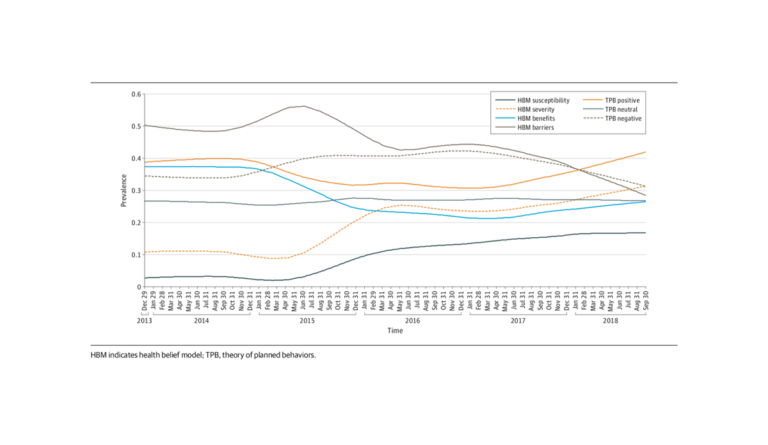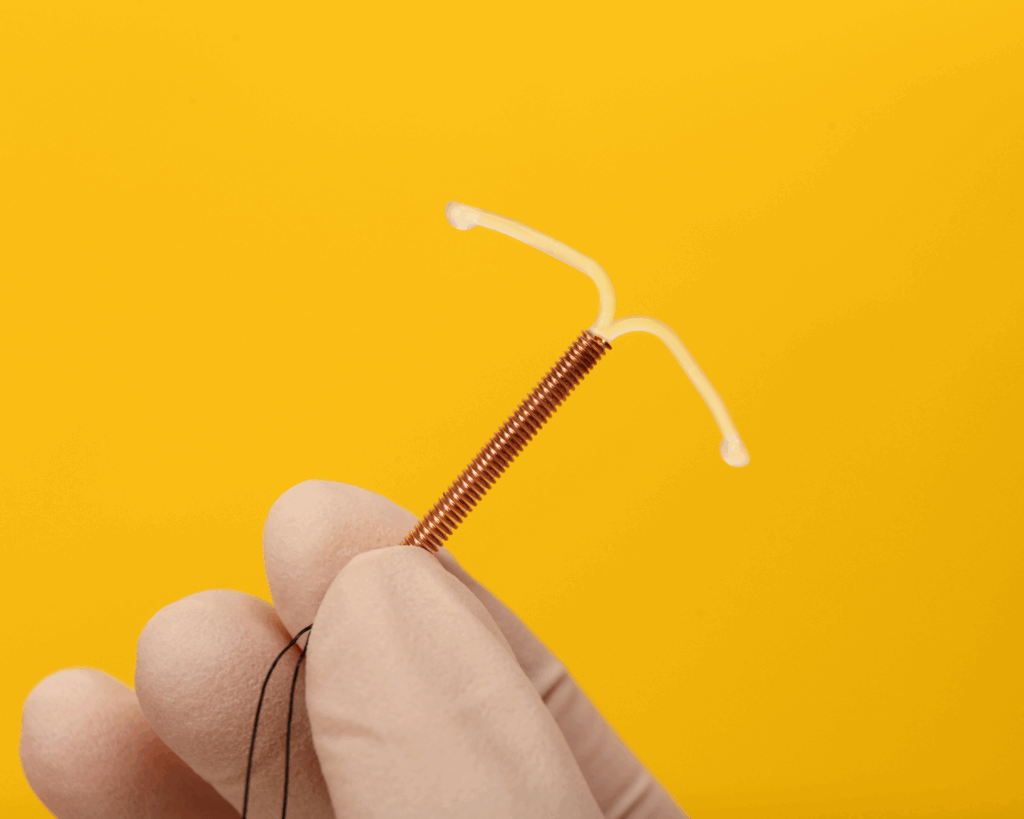Read Between the Tweets
Social media platforms may track our preferences, but they may also help to shape our preferences and even our health behaviors.

Read Time: 2 minutes
Published:
Short of curtained rooms and crystal balls, social media seems to read our minds. We think about a product, and an ad for that same product “magically” appears on our Facebook page. If social media can so accurately track our preferences, perhaps it can also be used to shape our preferences. Shaping health behaviors, such as receipt of vaccinations, is increasingly important in helping us stay healthy.
Du et al. turned to tweets about human papillomavirus (HPV), the most common sexually transmitted disease in the United States, to understand perceptions about vaccines. Although HPV accounts for approximately 33,700 cases of gynecological, penile, and anal cancer each year, only 51% of adolescents complete the HPV vaccination series. Du’s research team analyzed Twitter posts discussing HPV and HPV vaccinations in the context of two behavior change theories: the health belief model (HBM) and the theory of planned behavior (TPB).
These theories are pertinent when considering vaccination. According to the HBM, we make health choices based on individual judgments. How likely am I to get HPV? How severe is it? If the vaccine actually works, do I have access to it? These questions of health belief—susceptibility, severity, benefits, and barriers—are tracked in the figure above. The TPB-related posts—which tap into our attitudes and ability to control our behavior—are categorized as “positive”, “negative”, or “neutral” in the figure.
As shown, tweets aligned with health belief model themes reflected increased recognition of HPV severity and a decrease in perceived barriers to the vaccine between 2013 and 2018. Positive attitudes towards the HPV vaccine increased over time as negative attitudes decreased. The researchers attributed these trends to widespread public health messaging and conversations between health care providers and patients promoting the cancer prevention benefits of the vaccine. During these years, adolescent vaccination rates increased.
Beyond photos and “likes”, social media is where we turn our thoughts into posts. Entering its realm may allow us to make public health use of its clairvoyant capabilities.
Databyte via Du J, Luo C, Shegog R, et al. Use of Deep Learning to Analyze Social Media Discussions About the Human Papillomavirus Vaccine. JAMA Netw Open. 2020;3(11):e2022025.



